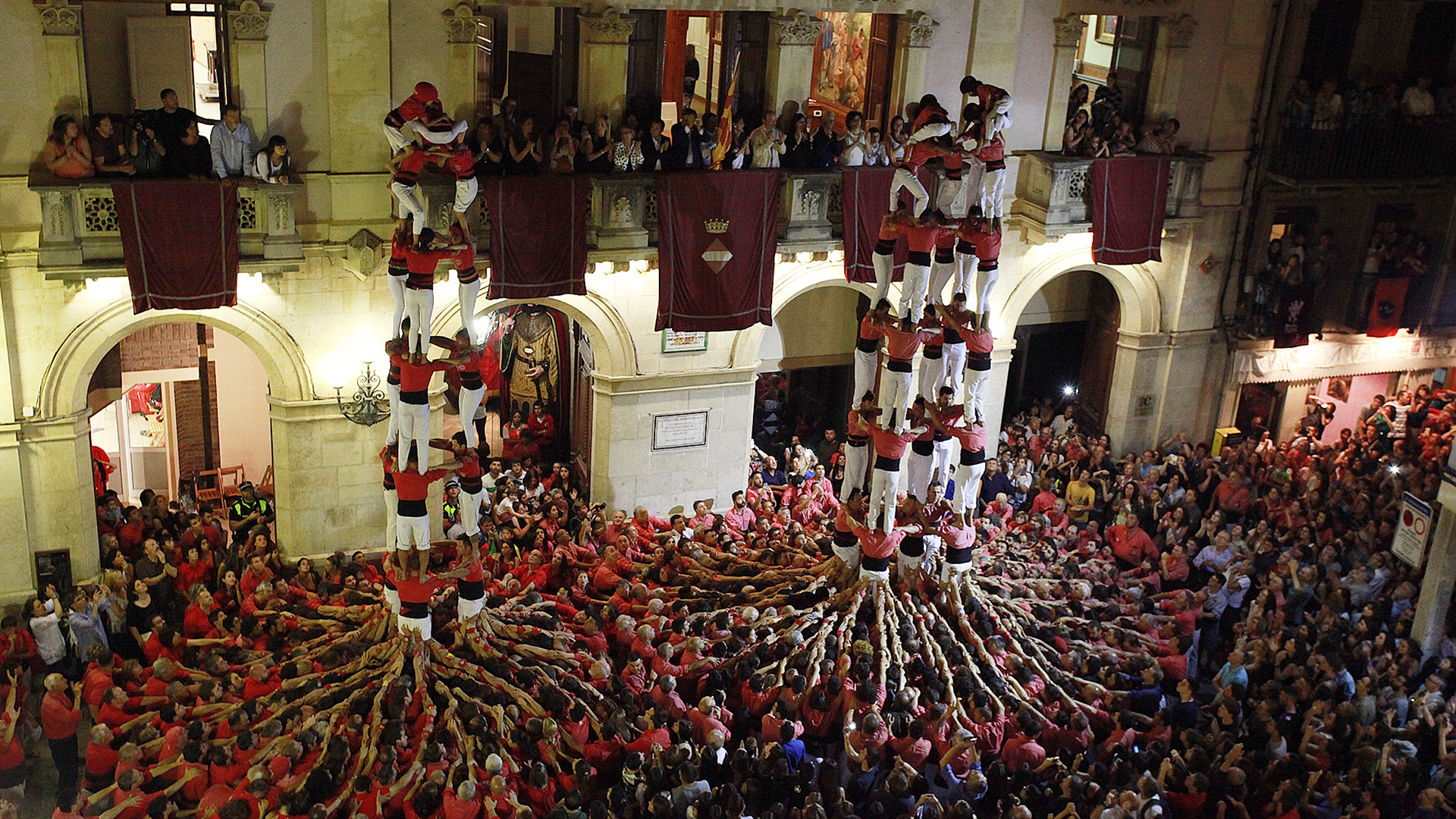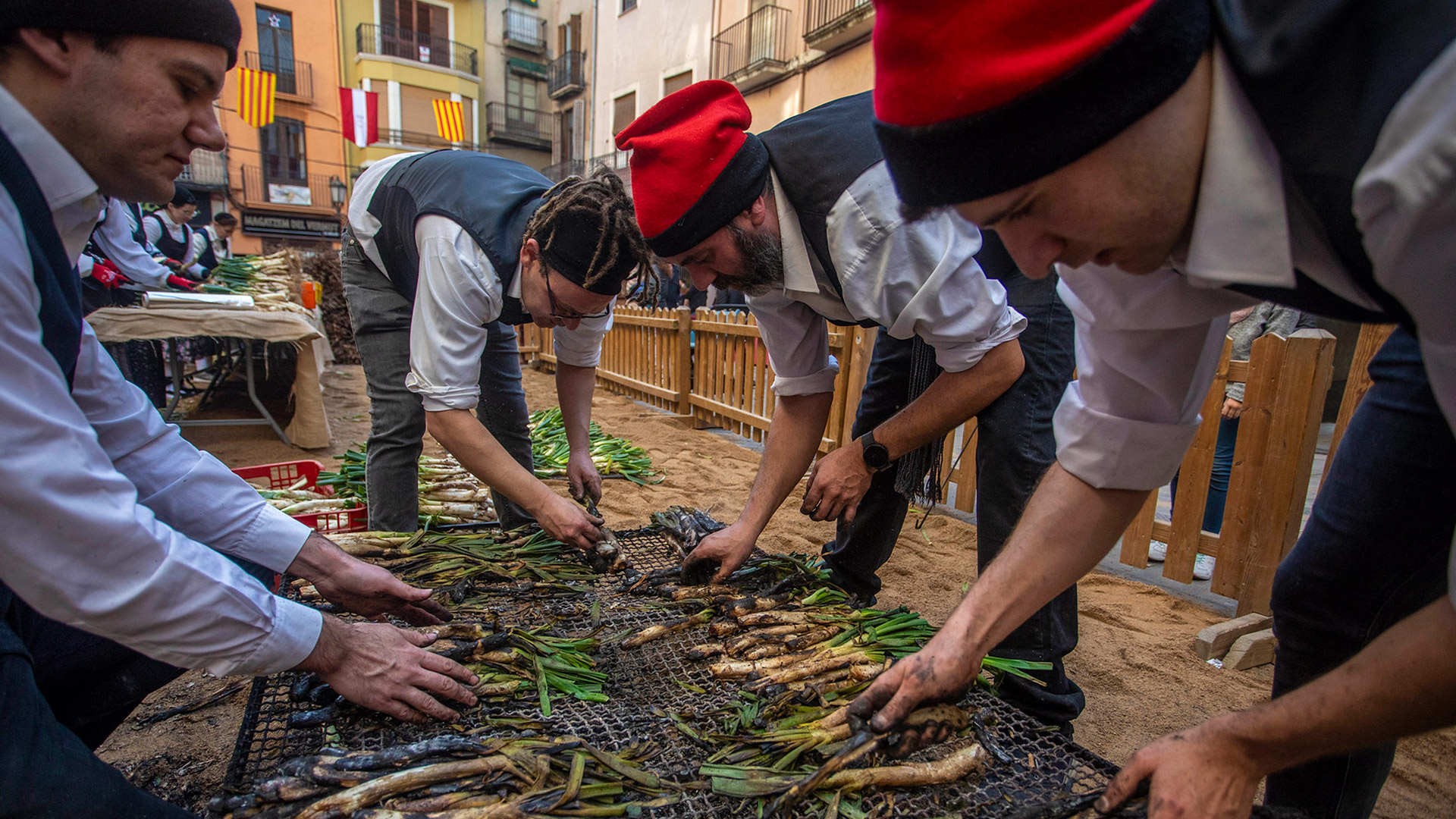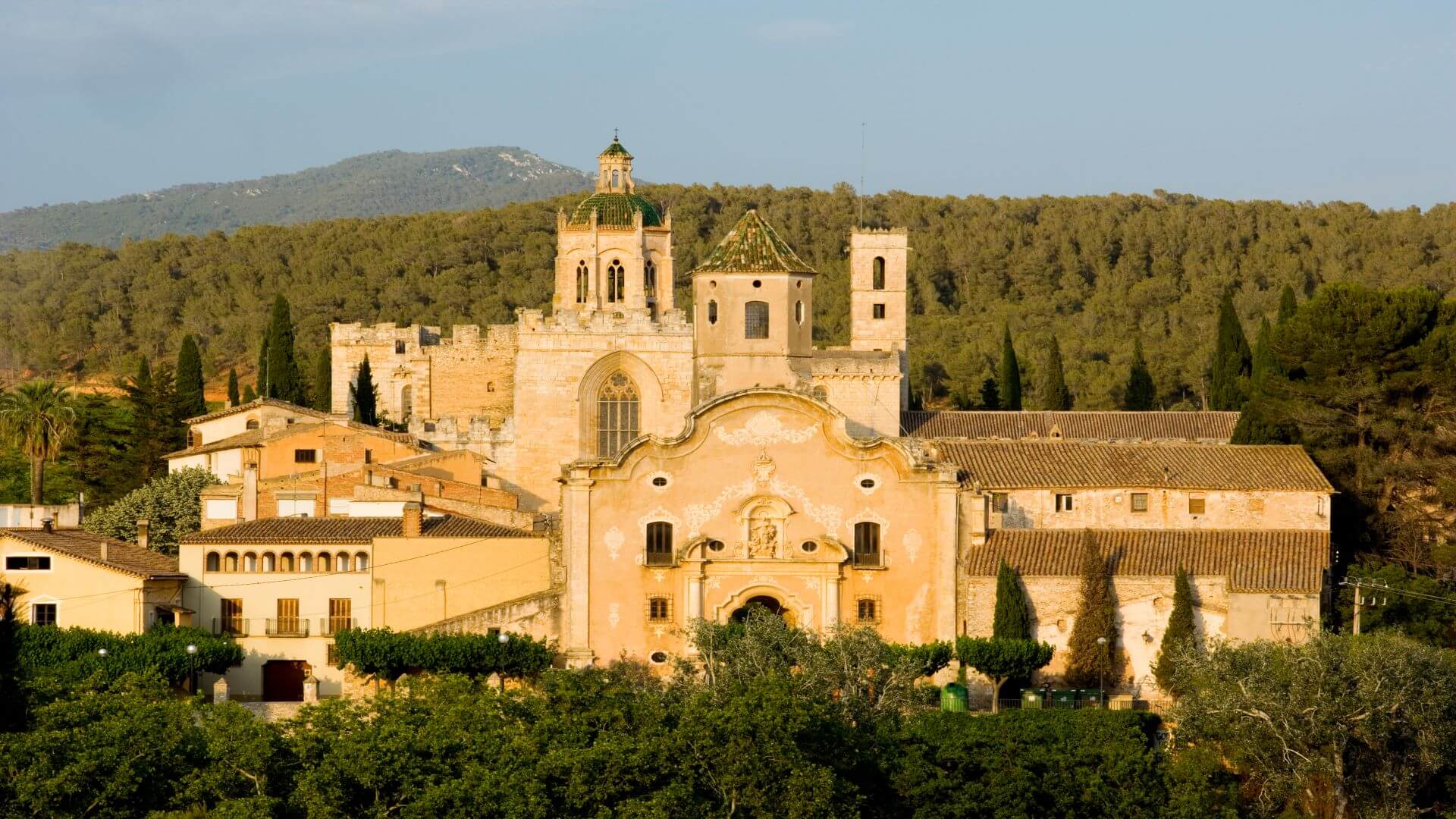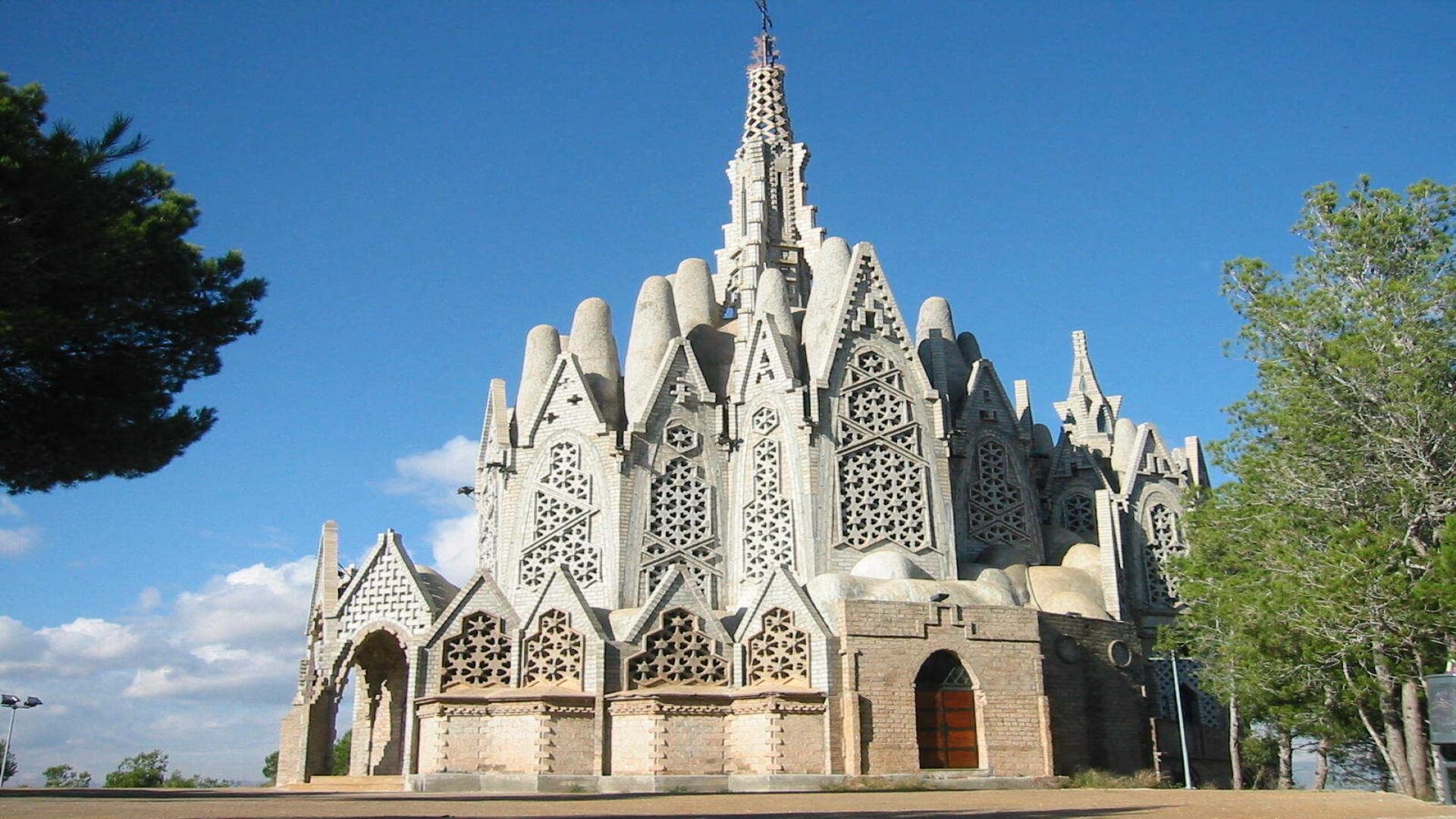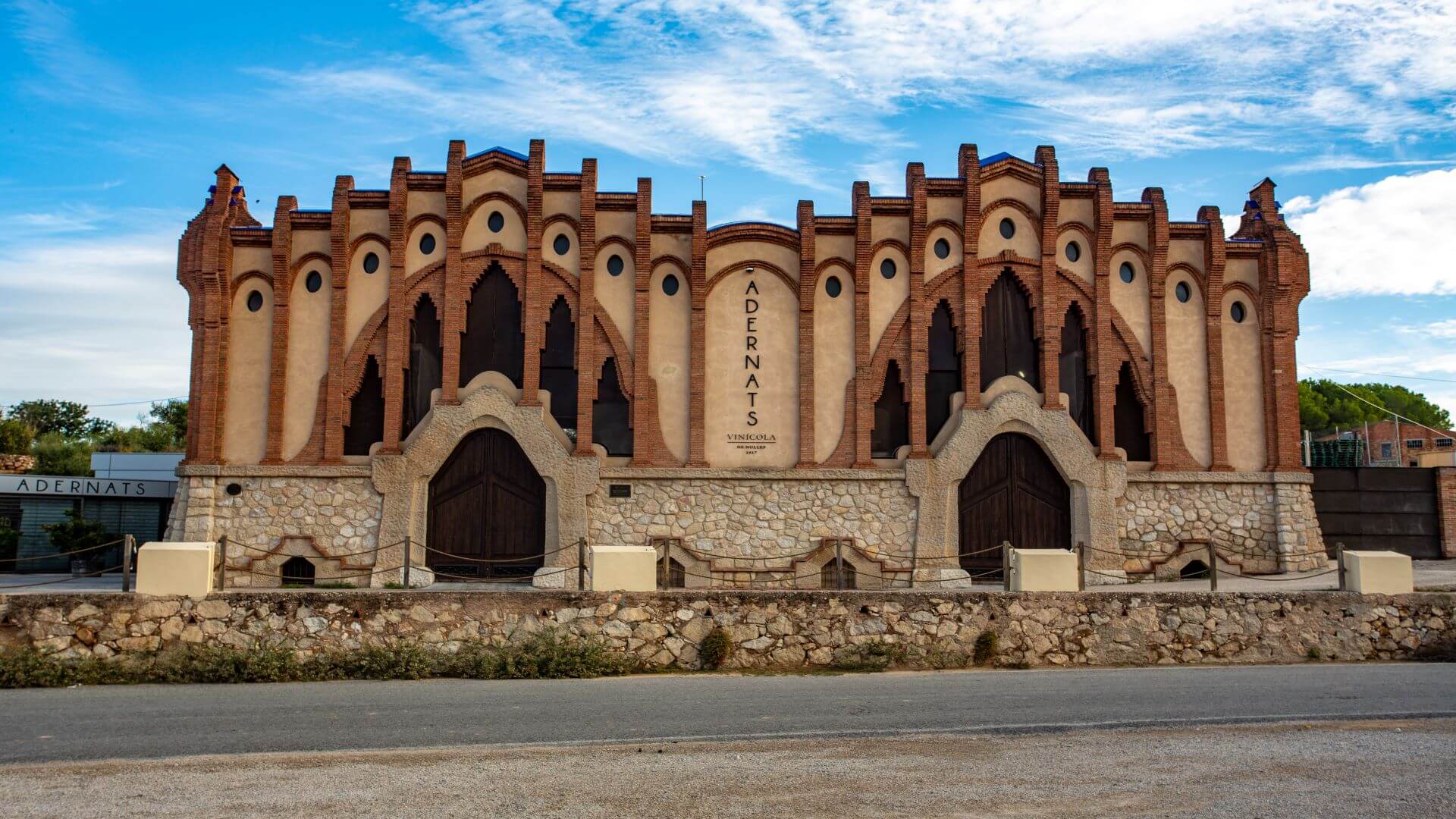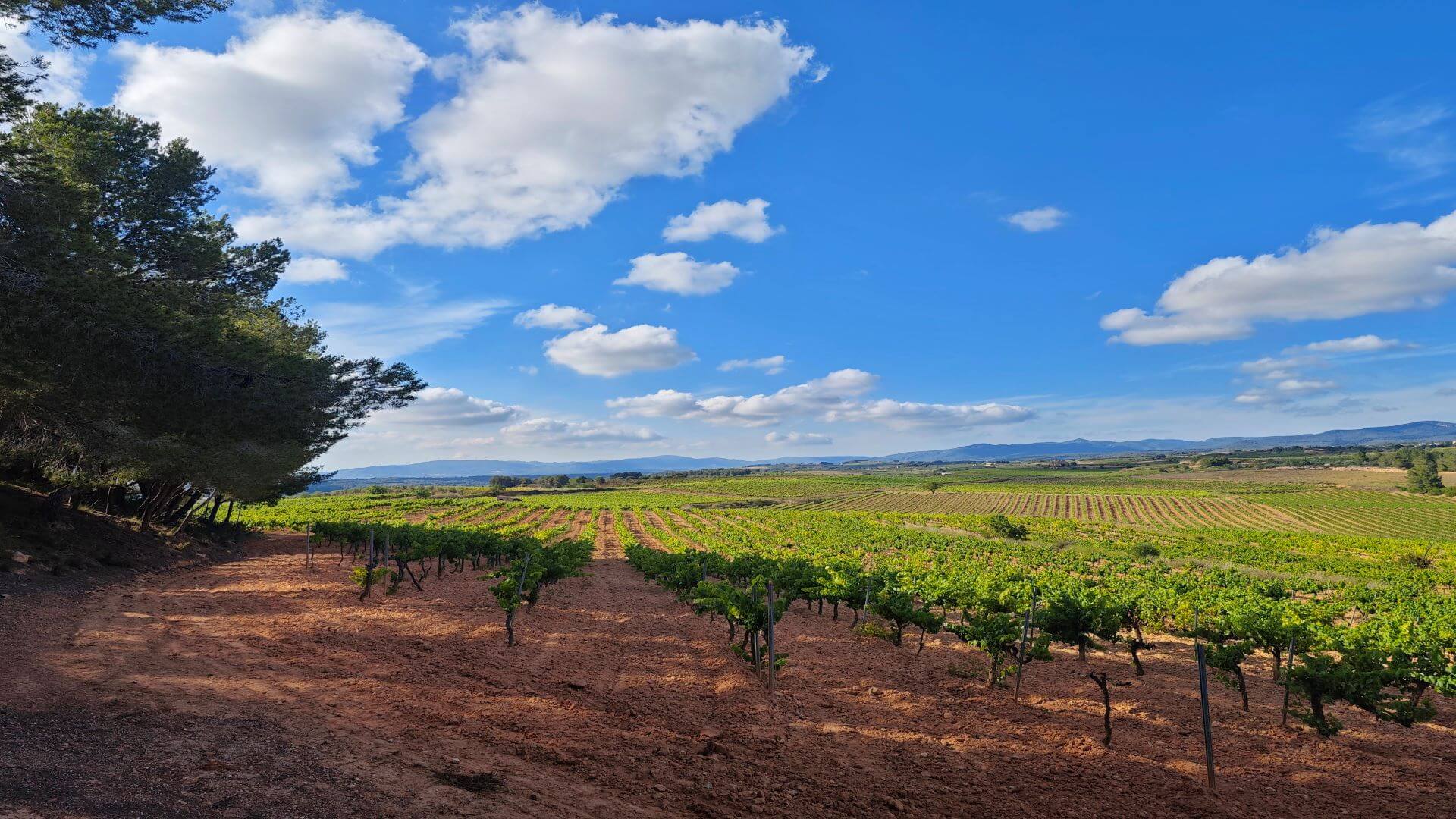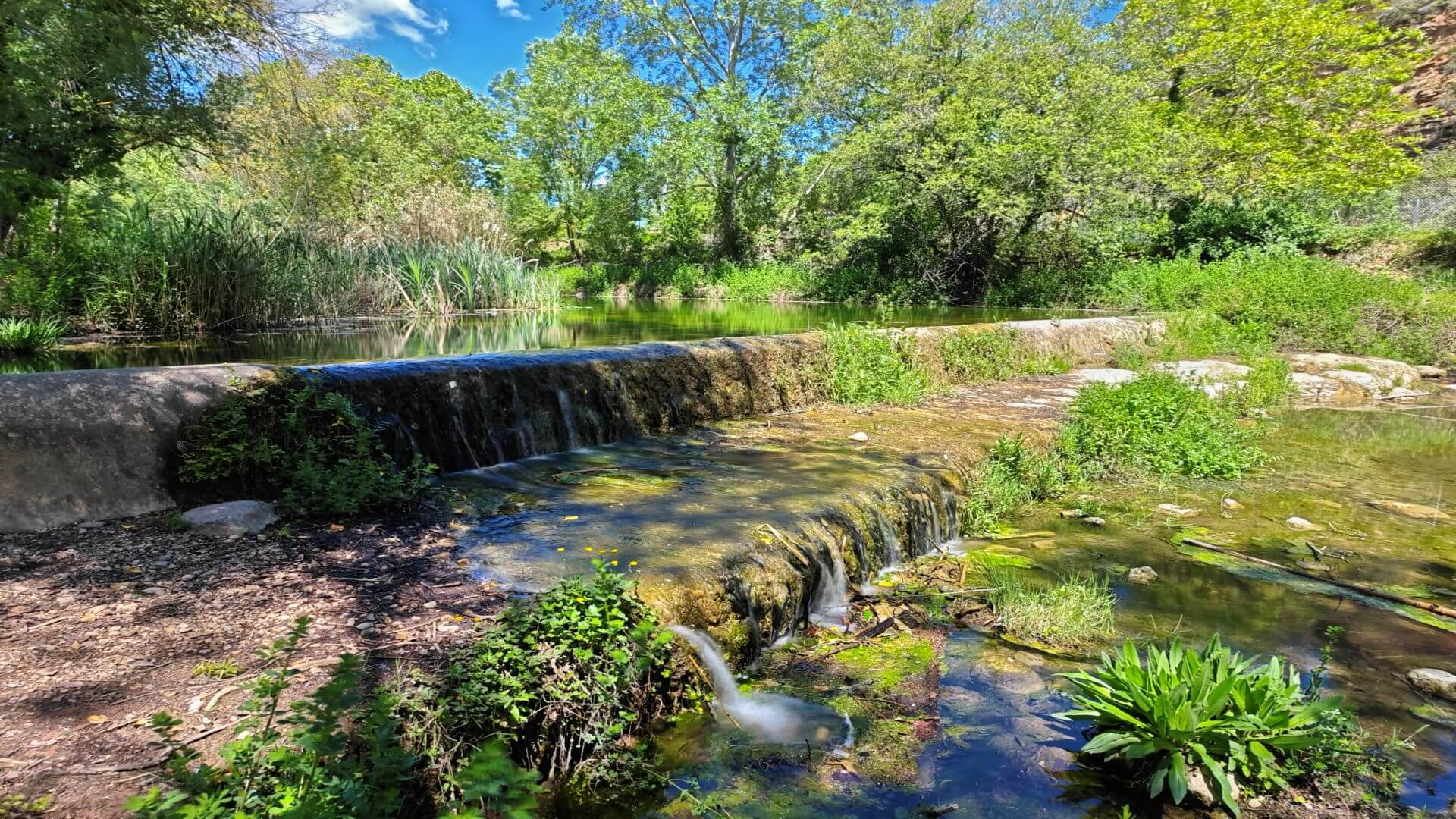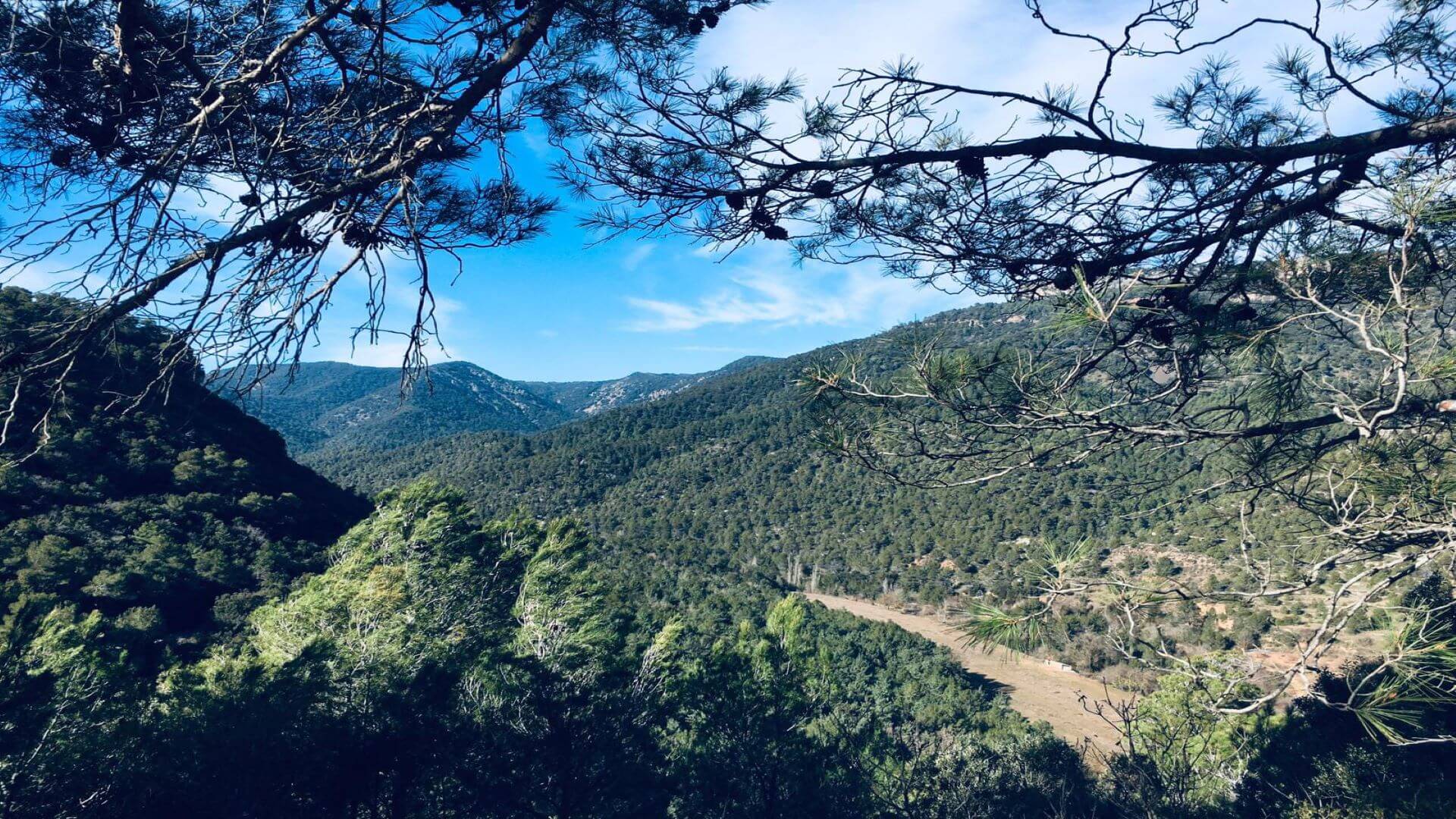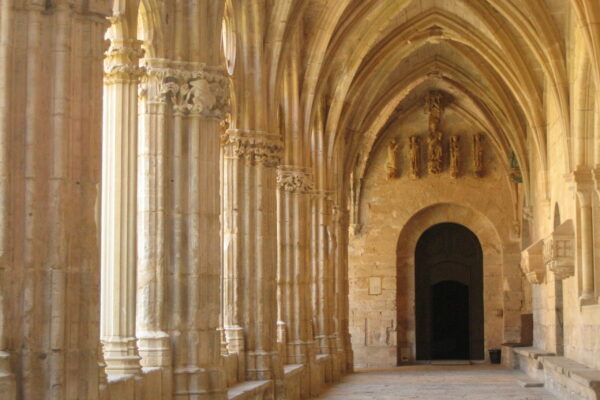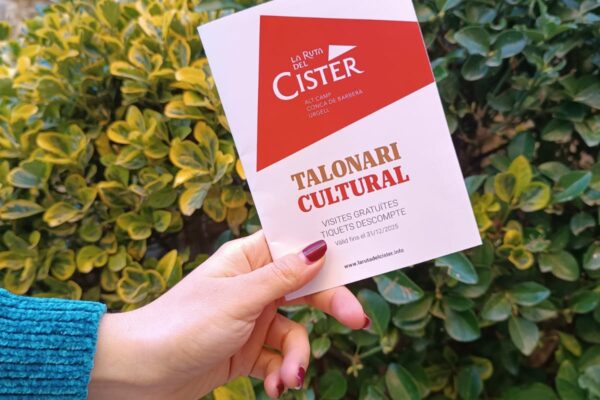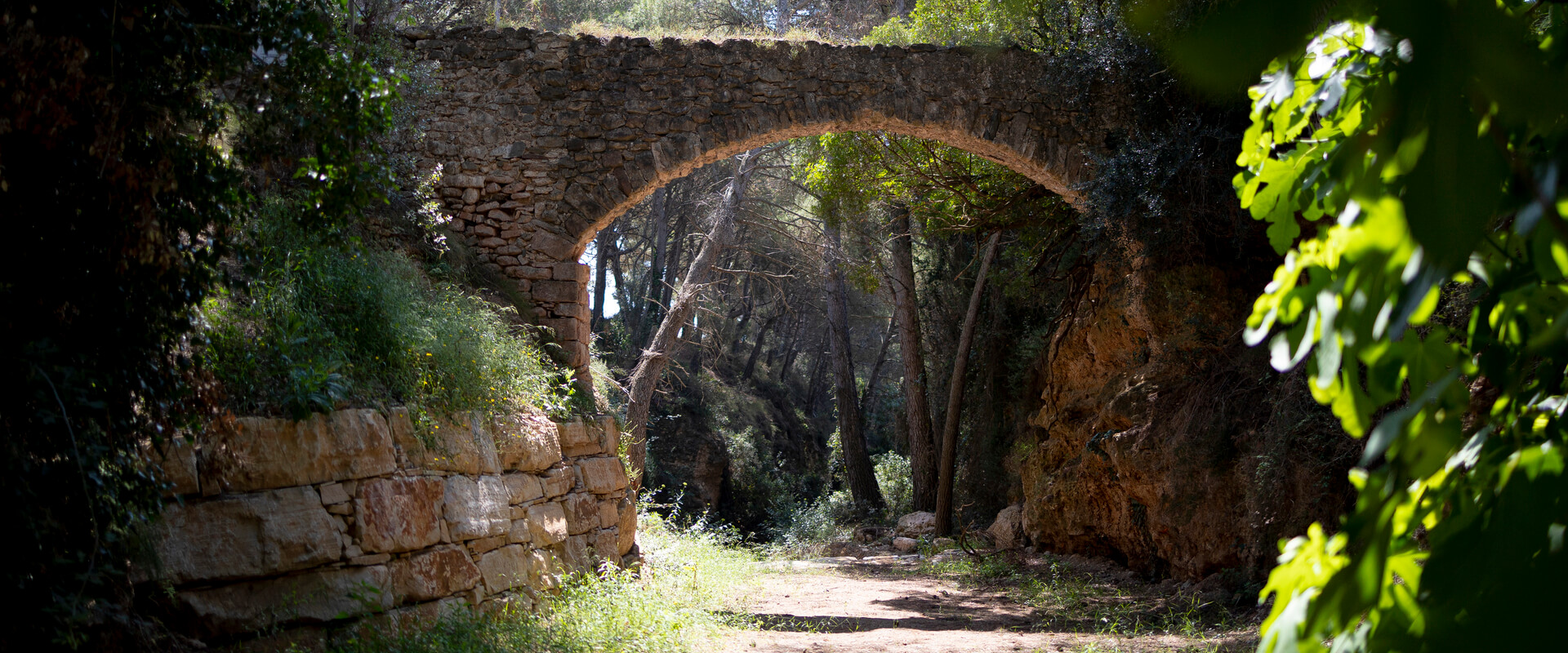
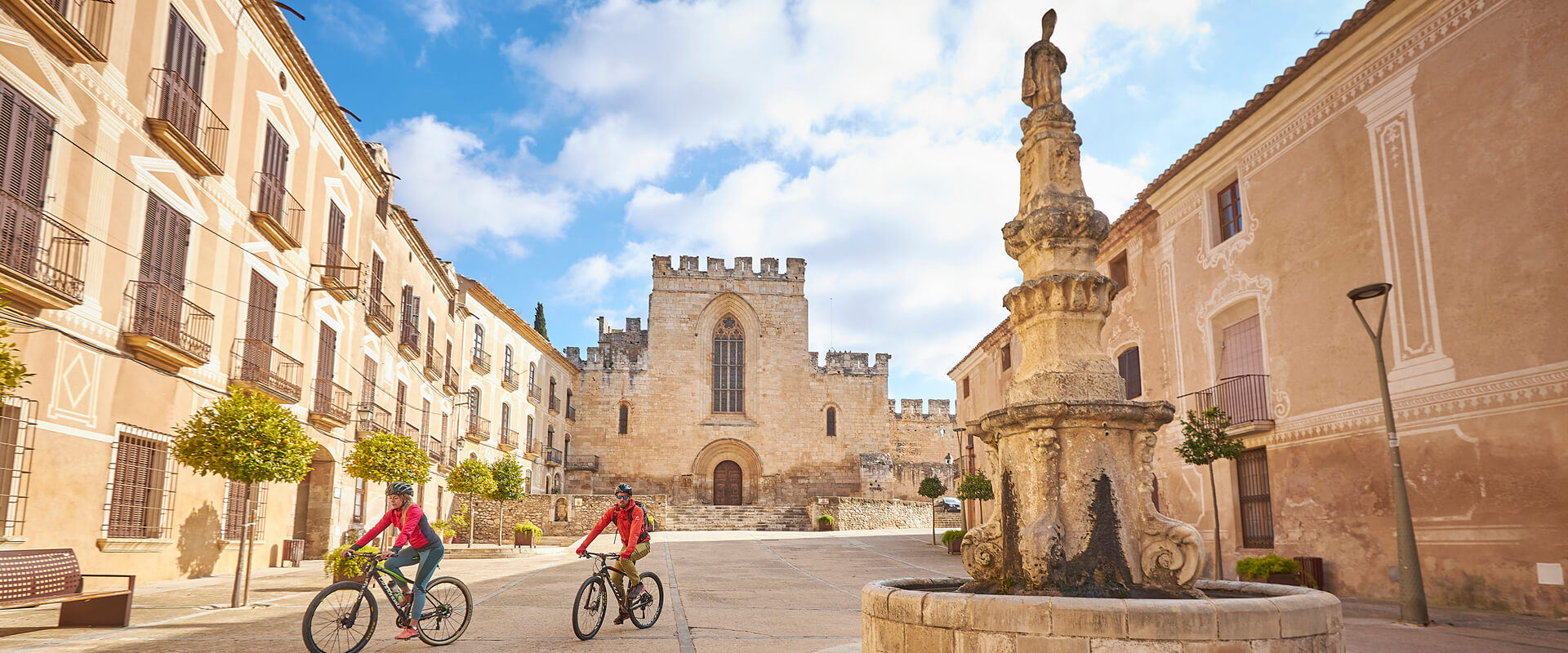
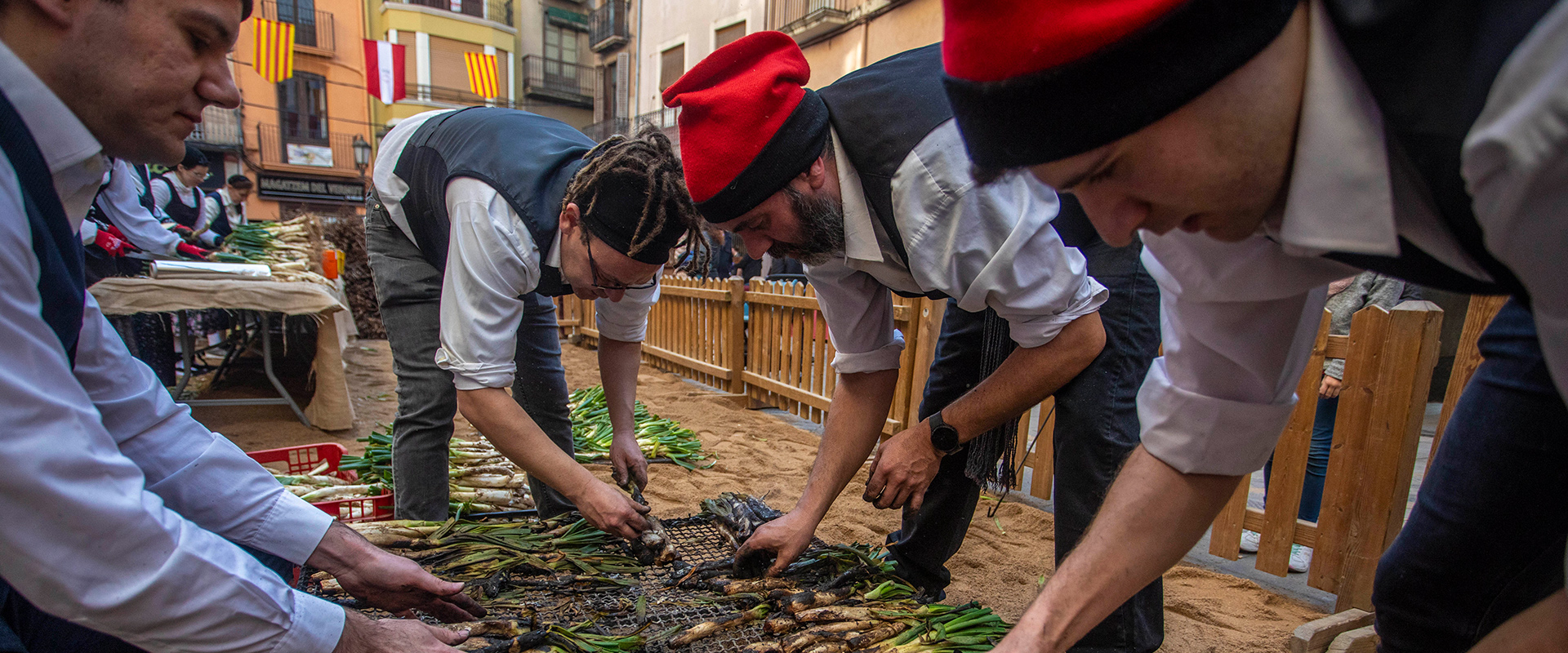
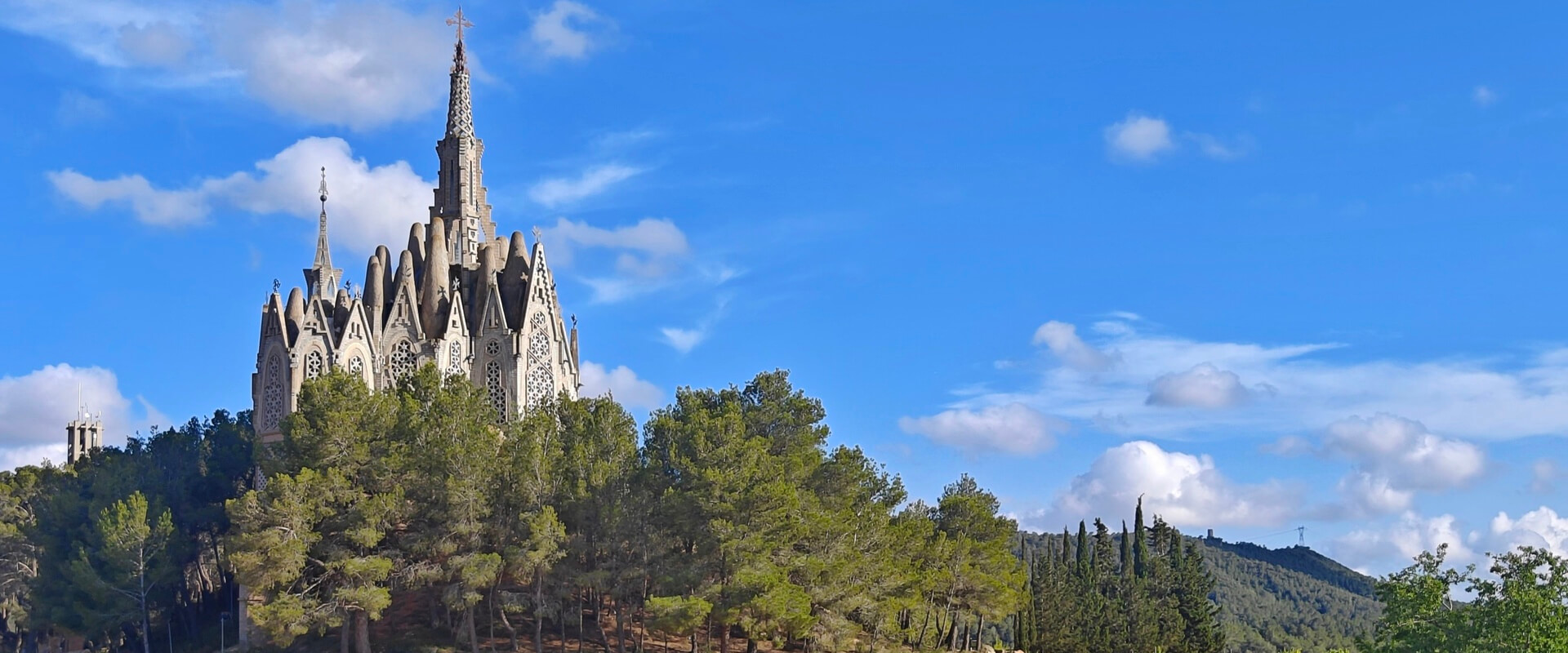
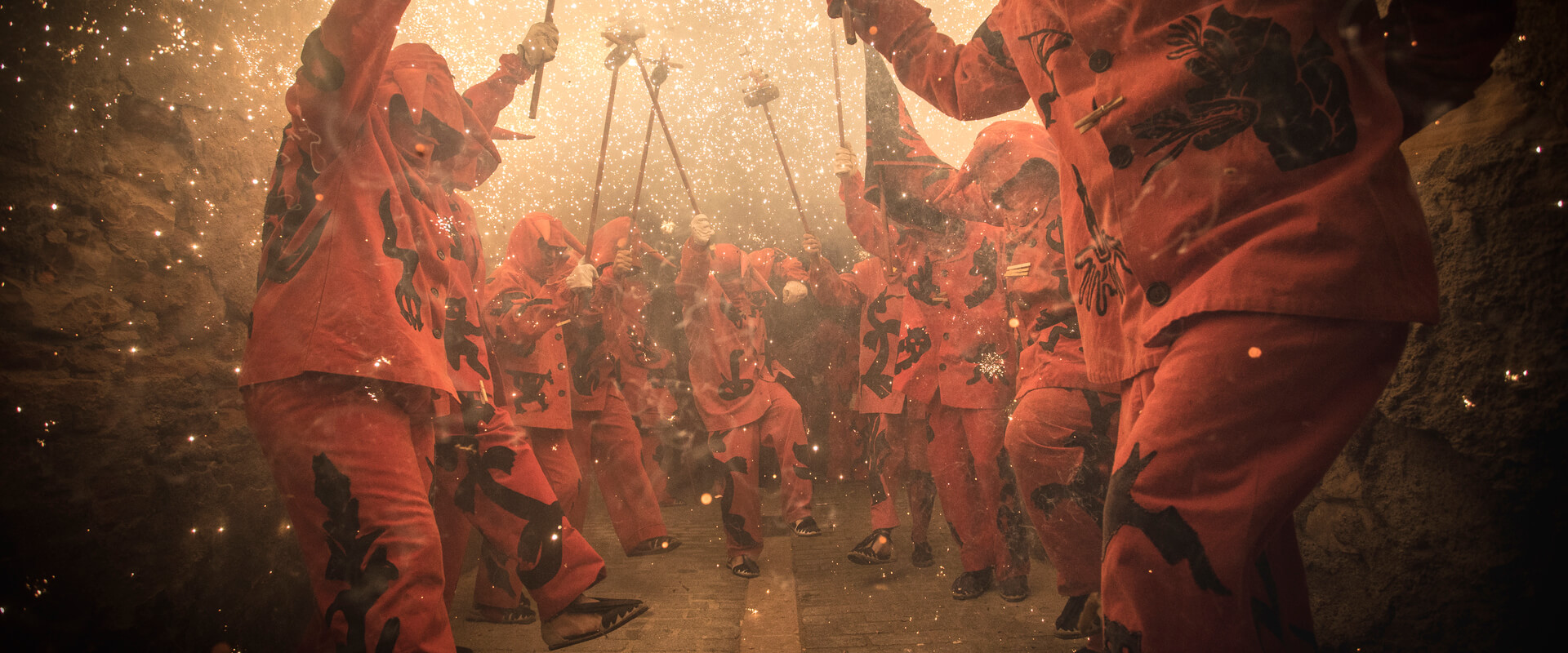
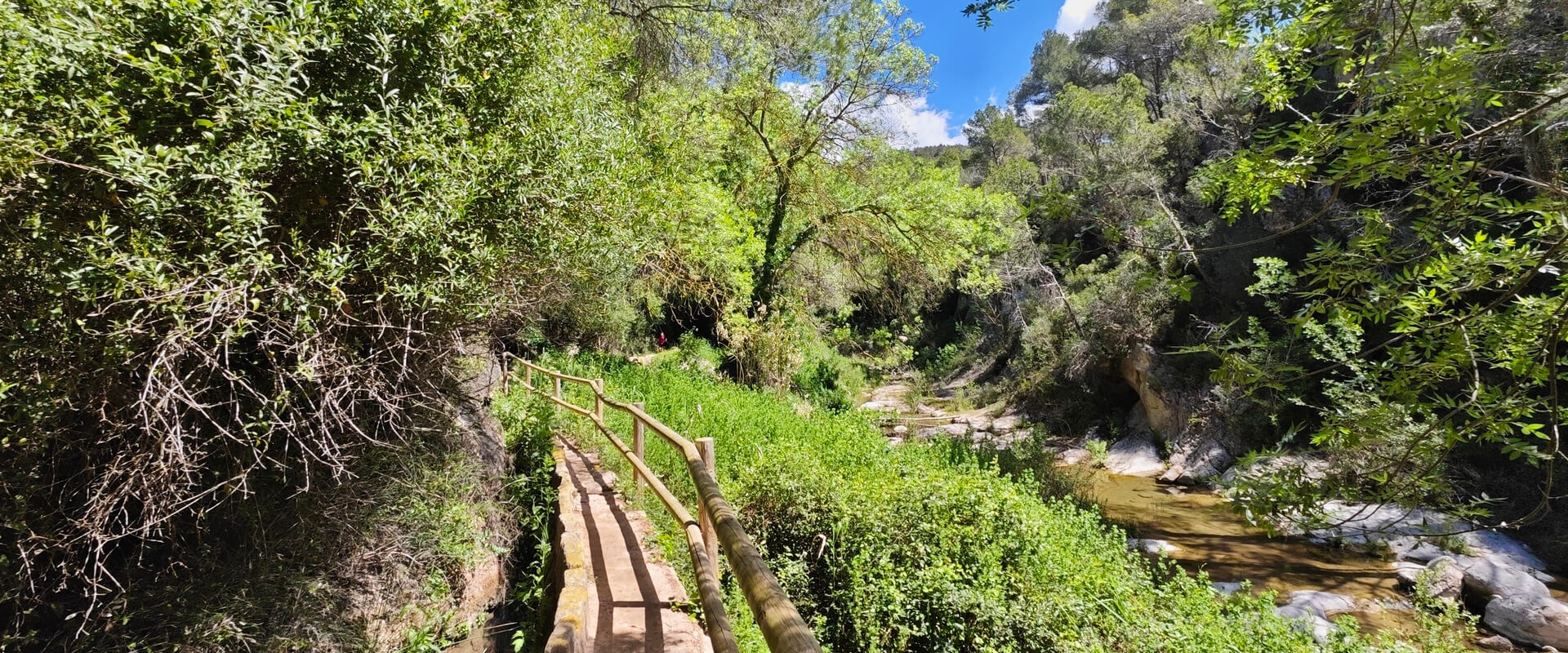
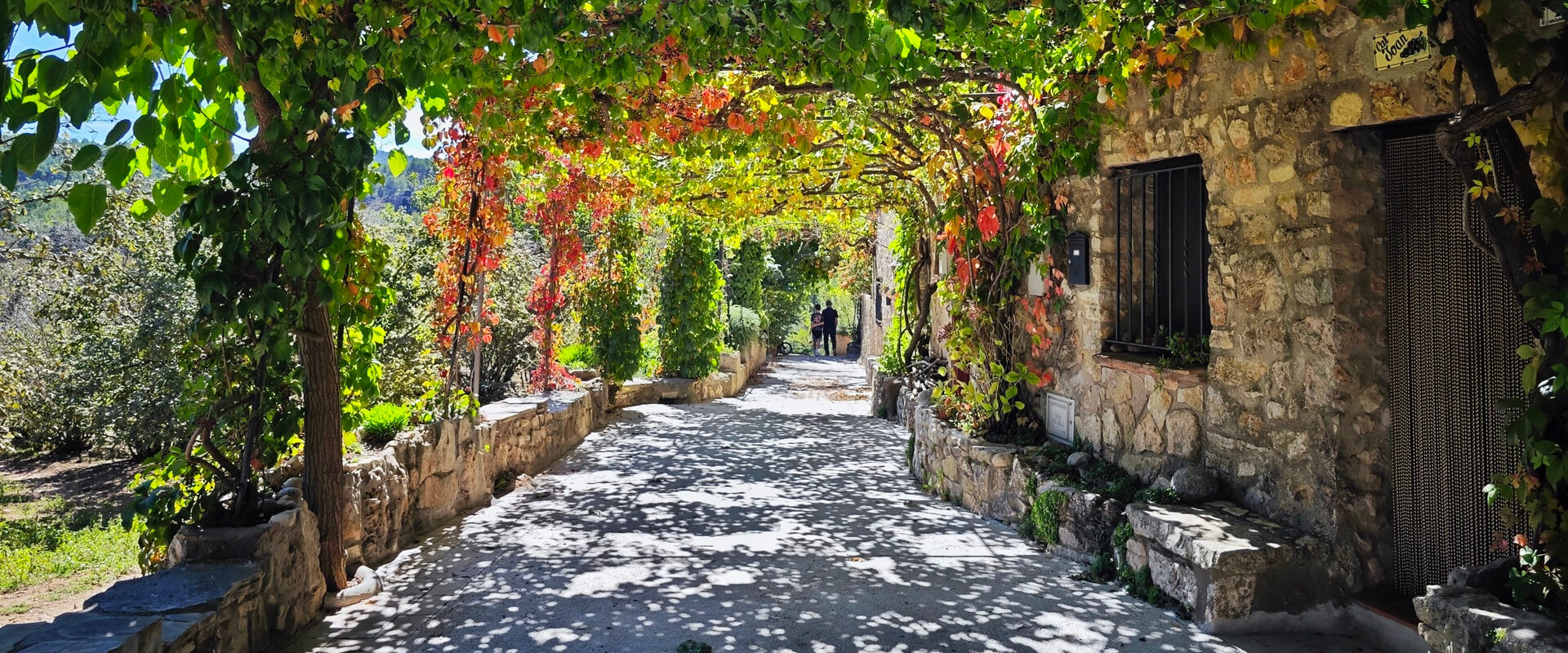
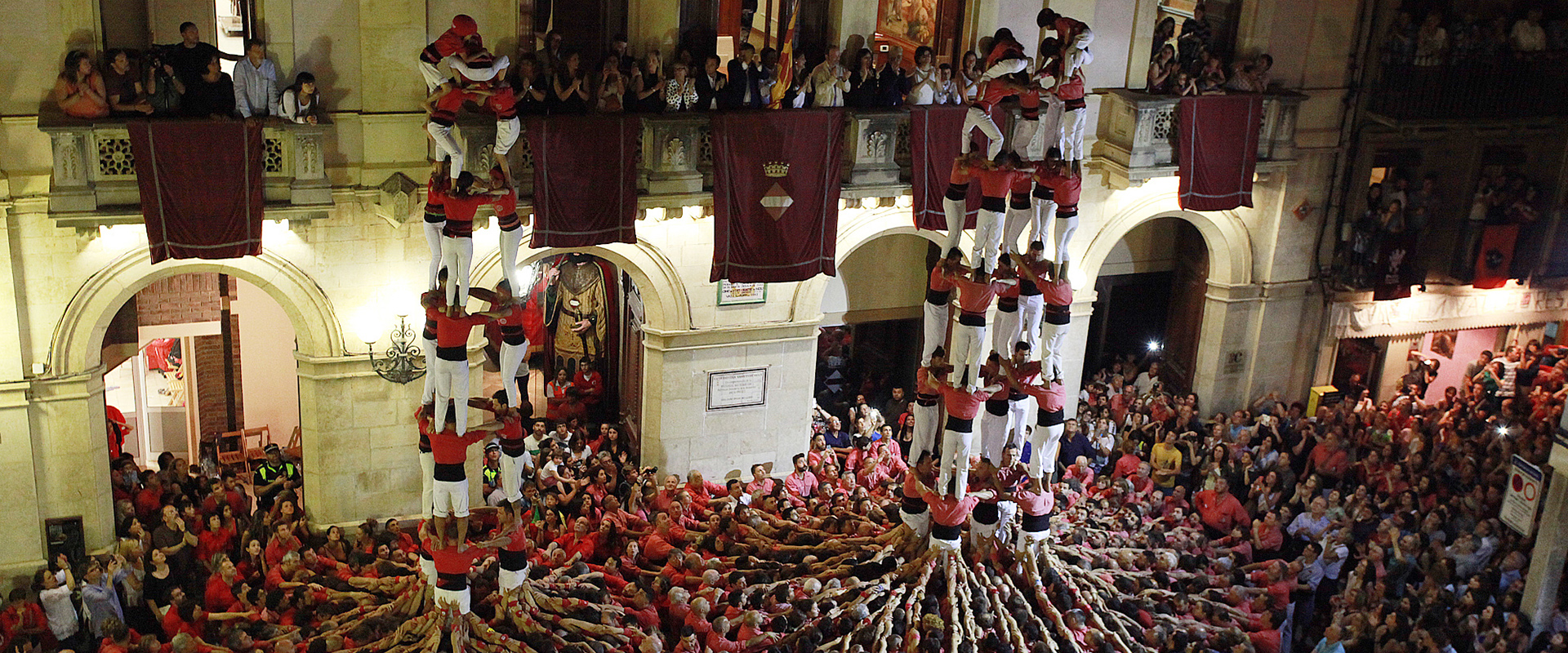
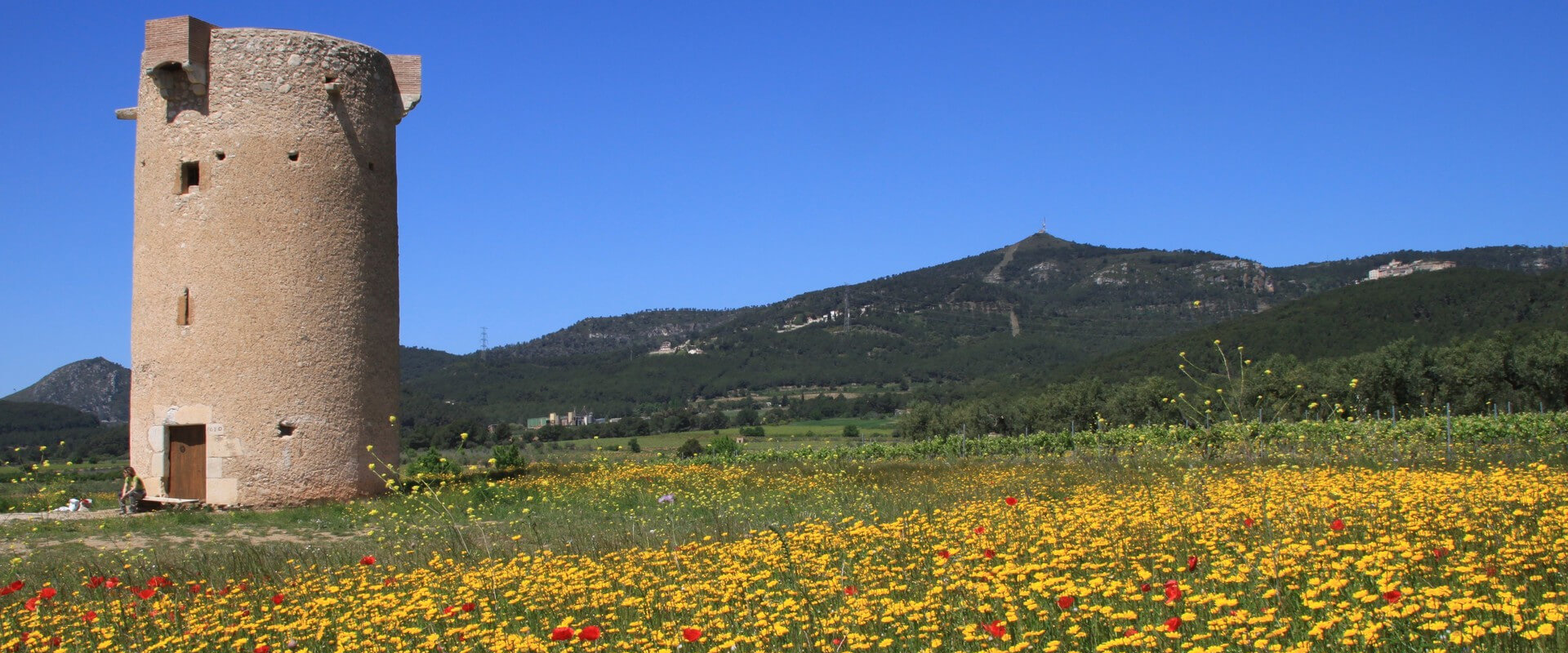
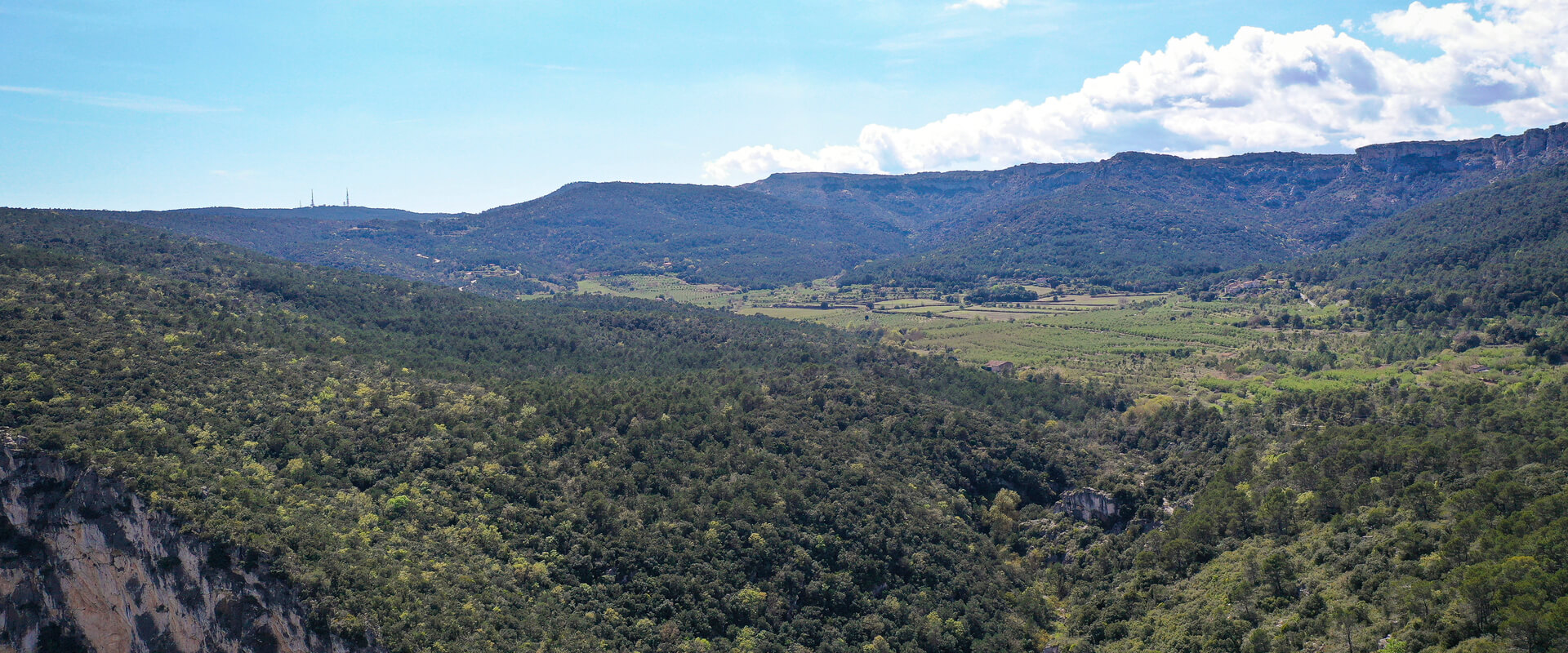


Relish Alt Camp!
To relish (xalar in Catalan) is our own way of enjoying, having fun, feeling great and being happy.
To relish is about having a good time with friends and family, being in touch with nature, having a proper meal, being amazed by the history of our country and feeling at home. Thus, we say Alt Camp is a comarca for you to relish!
What makes this even more special is that everyone has its own way to achieve it. Taste is personal and as people say: to each his own! Despite this, Alt Camp is a comarca with many nuances and every person will definitely find their ideal spot. And so, feel free to find your favourite place in our home!
Figa Flawas, Pepa Plana and Aina Mallol wanted to share the way they relish Alt Camp in their favourite spots. Want to join them?
If you visit us, share your new favourite places by sharing a Story on Instagram tagged as #xalalaltcamp and @turismealtcamp. See you soon!
Top news
Alt Camp takes a step forward in tourism promotion with the launch of its new website, www.turismealtcamp.cat. This revamped platform serves as the digital gateway to everything the region has…
The Royal Monastery of Santes Creus is adapting its tour due to the refurbishment of the Gothic cloister. Thinking about visiting the Royal Monastery of Santes Creus soon? During the…
During the months of March, April, and May, the Alt Camp Regional Tourism Service invites everyone to participate in the “Xala l’Alt Camp” scavenger hunt, a unique experience that allows…
Ajuntament de Valls introduced the latest tourist experience that will allow visitors to admire incredible views of sunsets over the city and the entire Camp de Tarragona from the Sant…

